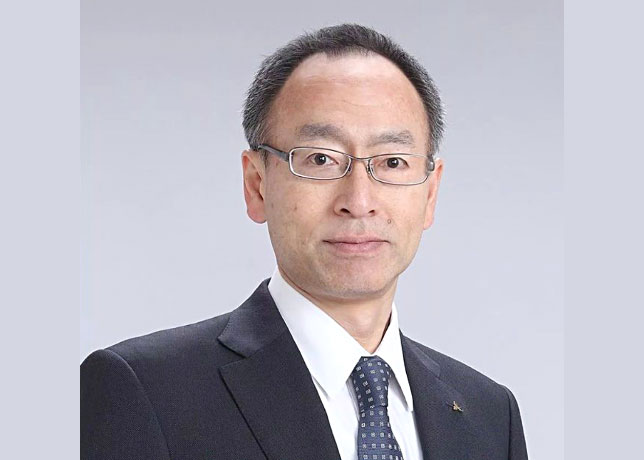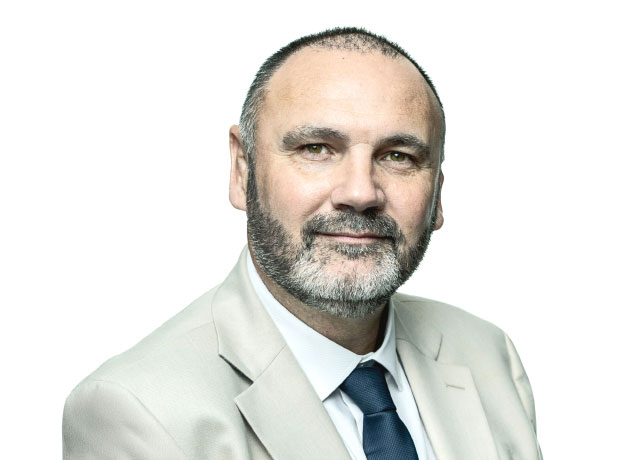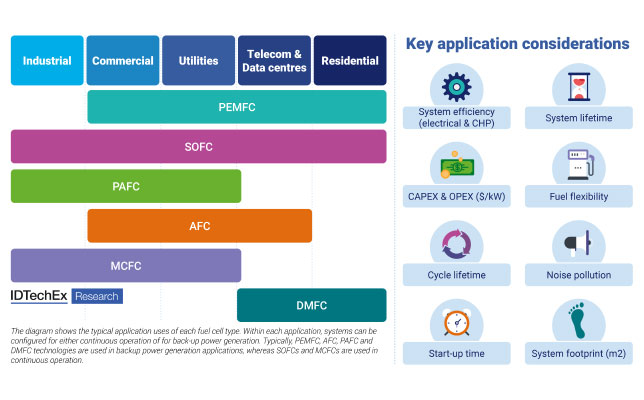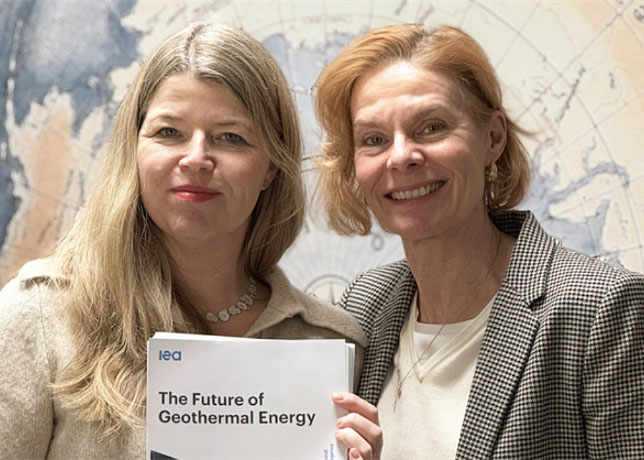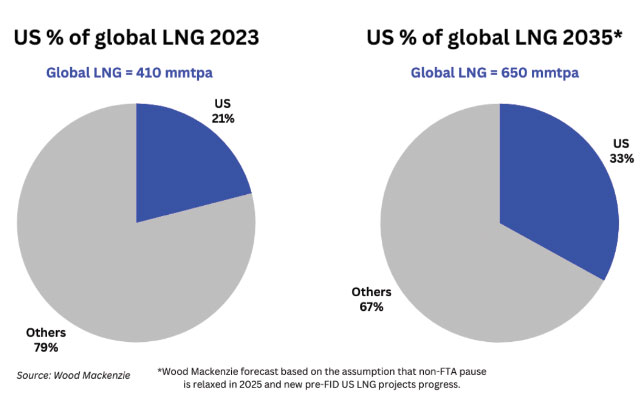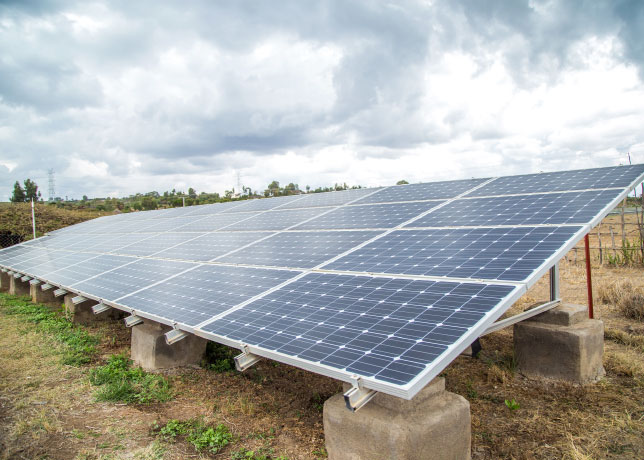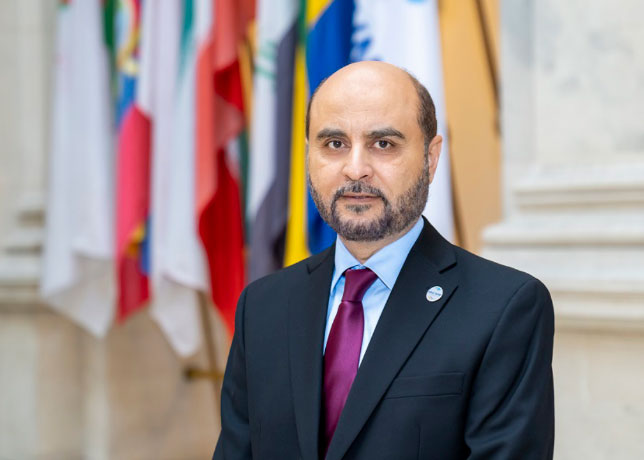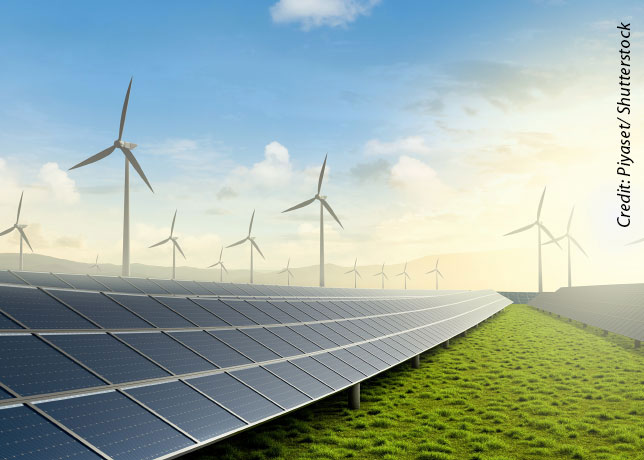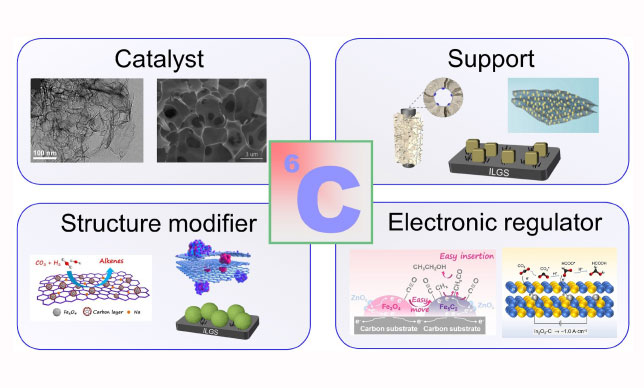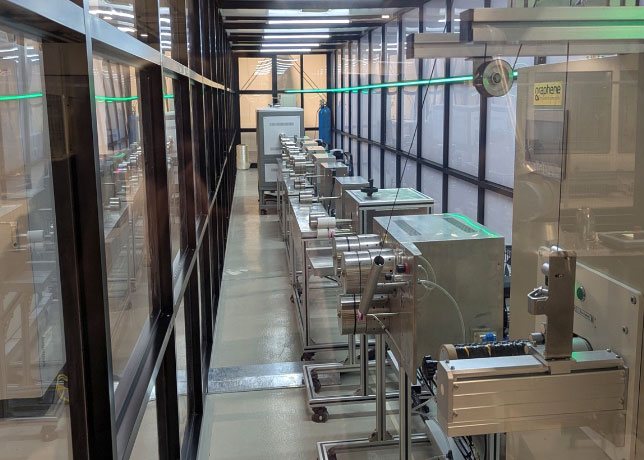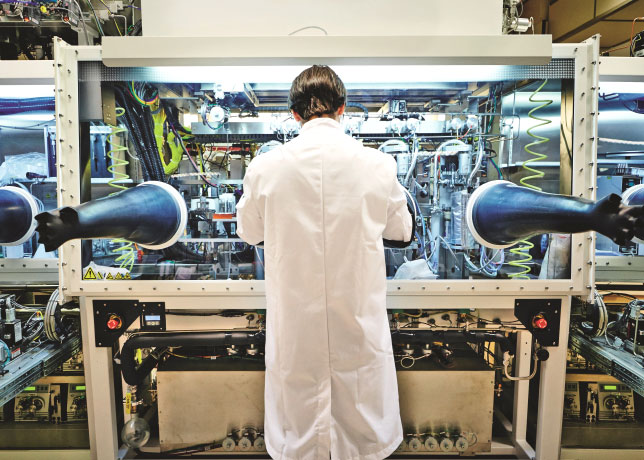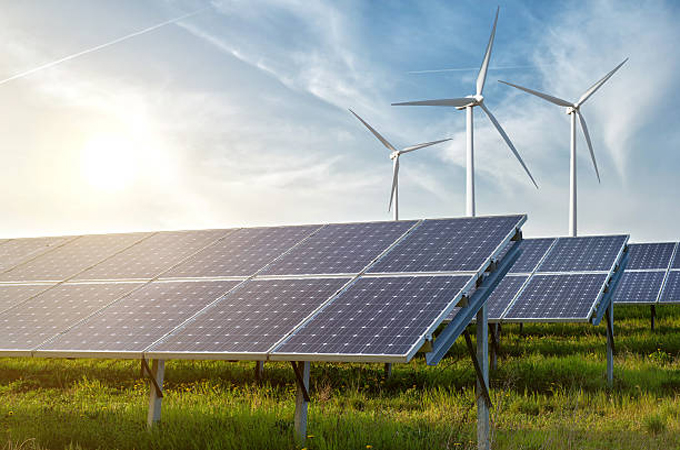 Image by ArtJazz/ iStock
Image by ArtJazz/ iStock
Indonesia will rely more on private investors for its planned 71 gigawatt expansion in power capacity over the next decade, with the government to focus on transmission for renewable generation, the country's energy minister said.
Bahlil Lahadalia said state utility Perusahaan Listrik Negara's (PLN) 2025-2034 power supply plan will include 71 GW of new power capacity and 48,000 circuit-km of transmission lines, which is equivalent to 8,000 km (4,971 miles) straight line.
Some 60 per cent of the planned new power plants will be given to the private sector, he said at an event marking the launch of 26 power plants that had started operating across the Southeast Asian archipelago in the past few months.
"It's true we are blessed with sunshine, water and wind. But the problem is our current transmission lines are not designed to pick up power from places where we can build renewable power plants," Bahlil said.
"That's why we are building transmission lines," he said, adding that the plan was based on President Prabowo Subianto's target to accelerate economic growth to 8 per cent.
Predicting a sharp increase in demand for natural gas for electricity over the next decade, Bahlil said Indonesia wants to prioritise gas sales for domestic demand.
"The orientation is to supply domestic demand. If that is not met, we will not permit exports, he said.
Indonesia currently has a total of 101 GW installed power capacity, with up to 75 GW managed by PLN, Bahlil said. Renewables make up some 15 per cent of the energy mix, with coal making up more than half of its current capacity.
As much as 70 per cent of the planned new power plants will use renewable energy and sources that could include nuclear and hydrogen, Indonesian officials have said.
Prabowo last year told the G20 forum he wanted to retire all fossil-fuel-fired power plants, including coal, within the next 15 years and invest in renewables.
During Monday's launch, Prabowo said he also believed Indonesia would achieve energy self-sufficiency within the next five years.
Details of PLN's new power supply plan have yet to be released. -Reuters



